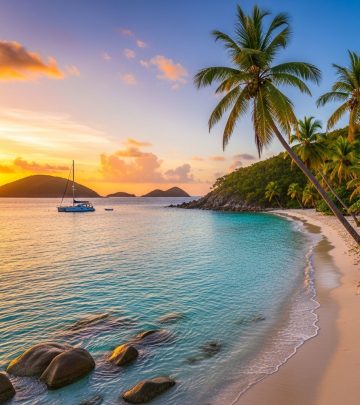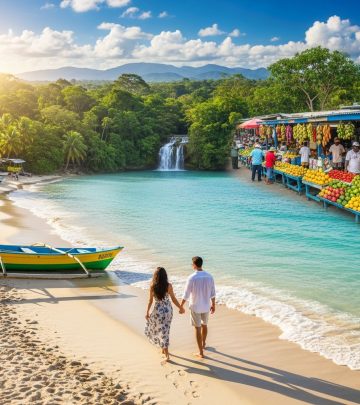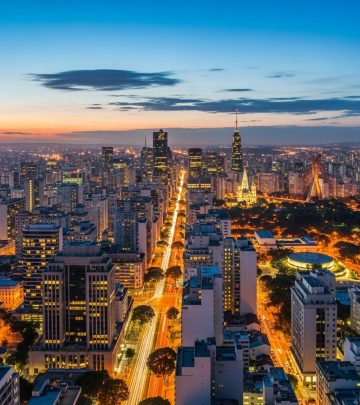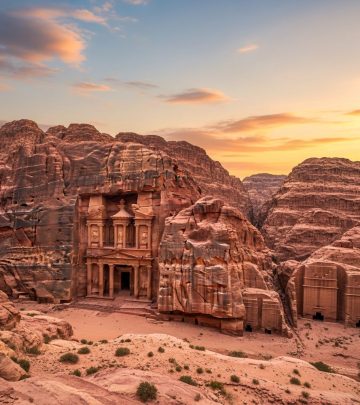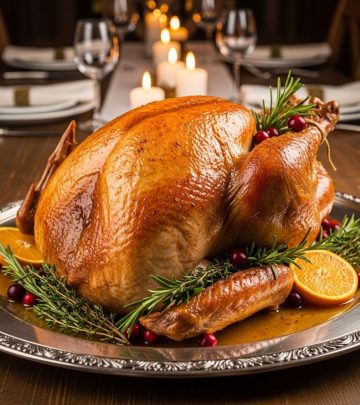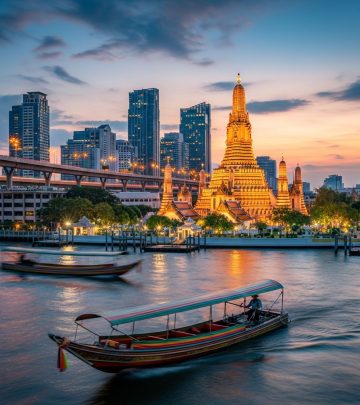The Culture of the Wiwa: Life of an Indigenous Colombian Tribe in the Sierra Nevada
Discover the rich spiritual heritage, traditions, and survival of the Wiwa—guardians of Colombia's sacred Sierra Nevada de Santa Marta.
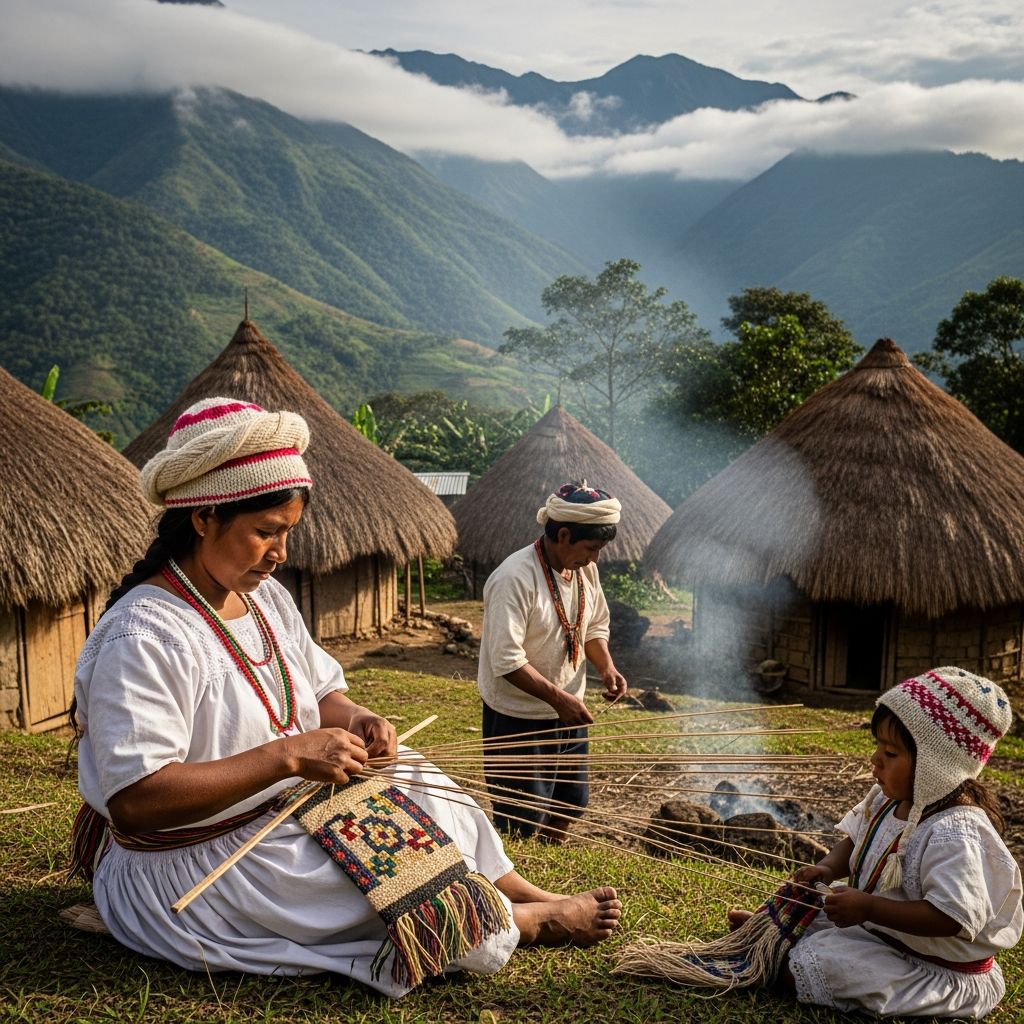
Perched on the slopes of the Sierra Nevada de Santa Marta, one of the world’s most ecologically diverse mountain ranges, the Wiwa people have maintained a unique way of life rooted in ancient Tayrona heritage. Their culture, spirituality, and social structure reflect a profound connection with their land—a place they consider the ‘heart of the world.’ This article takes you through the essence of the Wiwa: from their origins and worldview, to daily life, beliefs, and ongoing struggles.
Who Are the Wiwa?
The Wiwa, also known as the Damana people, are one of four principal Indigenous groups inhabiting the Sierra Nevada de Santa Marta in northern Colombia. Alongside the Kogi, Arhuaco, and Kankuamo, they are direct descendants of the Tayrona civilization. The Wiwa speak the Chibchan language Dʉmʉna and are known for their deep attachment to both their mountain homeland and ancestral traditions.
- Population: Smallest of the four Sierra tribes, numbers are estimated to be several thousand.
- Primary Location: The foothills and valleys between 900 and 2,500 meters in elevation, stretching across the Cesar, La Guajira, and Magdalena departments of Colombia.
- Traditional villages: Including Gotsezhi, Kemakumake, Avingüe, Cherúa, and Marokaso.
The Meaning Behind the Name
The word “Wiwa” in their own language combines wi (warm) and wa (people), symbolizing ‘people of the warm land.’ This references their historic residence in the lower, warmer regions of the Sierra before later migrations to higher ground.
Historical Roots and Tayrona Heritage
The Wiwa trace their lineage directly to the ancient Tayrona people. The Tayrona established advanced agricultural communities, intricate stonework, and a legacy of resistance and adaptation.
- After surviving colonization, disease, and forced displacement, the Wiwa—like their Indigenous neighbors—became the custodians of the Sierra, a land still imbued with ancient sacred sites.
- Many Wiwa villages are now found in the Kogui Malay Arhuaco Reservation and smaller areas like Campo Alegre in the Serranía del Perijá.
The Sacred Sierra Nevada: The Heart of the World
The Wiwa’s territory encompasses rainforest, savannah, and cloud forest along the crystalline rivers emerging from the Sierra’s snow-capped peaks. For the Wiwa, the Sierra Nevada de Santa Marta is not just home but a living being—a spiritual center from which flows the balance of existence.
- The Sierra is encircled by an intangible ‘black line’ marking their sacred ancestral sites.
- The Wiwa, with the other tribes, consider themselves the ‘older brothers’ tasked with maintaining natural and cosmic balance. Outsiders are ‘younger brothers,’ perceived as less in harmony with the earth and responsible for destabilizing the universal order.
“When there are hurricanes, droughts, or famines around the world, it is said that they are the cause of human failure to keep the world in harmony.”
Worldview and Spiritual Beliefs
Central to Wiwa culture is a complex cosmology, built upon the belief that the universe was created by a universal mother, who brought forth the original people and, subsequently, all other societies. Their spiritual leaders, the Mamos, are mediators and keepers of sacred knowledge charged with the responsibility to safeguard the world’s equilibrium.
- Mamos serve as priests, counselors, and custodians of knowledge, guiding the community through rituals, offerings, and decisions.
- Daily and seasonal rituals focus on repaying the earth through offerings at sacred sites, ensuring sustenance, and mediating cosmic energies.
- Mountains, rivers, forests, and stones are animated with spiritual presence, linking the visible with the invisible realm.
- Wisdom is passed orally; children are immersed in stories of origin, customs, and reverence for nature.
Social Structure and Governance
The Wiwa operate a highly participatory society, emphasizing consensus and communal responsibility.
- Men’s House Meetings: Every few weeks, men gather through the night in the village men’s house to discuss and collectively resolve conflicts or make community decisions.
- Role of Mamos and Cabildes: The Mamos and locally chosen leaders (cabildes) carry out the will of the community between assemblies.
- Democracy and Consensus: Decisions are collective, rooted in tradition, and supported by the entire community.
Family and Community Life
Wiwa families typically maintain two residences:
- Farmland House: Where daily life and agriculture occur.
- Village House: Used during community meetings or significant gatherings.
Daily Life and Cultural Expression
Wiwa daily life is closely tied to the rhythms of the land, with each family contributing to subsistence, handicraft, and community wellbeing.
Traditional Dress and Appearance
- Wiwa clothing is predominantly white, made from local cotton—symbolizing purity and connection to ancestral values.
- Men wear their hair long in accordance with tradition; suggestions for change are met with offense, as appearance is linked directly to identity.
Sustenance and Agriculture
- Traditional agriculture is the cornerstone of Wiwa survival. Crops include yucca, plantain, maize, beans, and tropical fruits.
- Farming techniques are informed by ancestral knowledge, focusing on ecological balance and natural cycles.
- Women play a central role in preparing meals and weaving baskets, bags, and other crafts from natural fibers.
Language and Education
- The native tongue, Damana, is still spoken by an estimated 65% of the Wiwa, but language retention faces challenges due to outside influence and migration.
- Access to formal education remains very limited, impeding literacy and posing risks to cultural preservation.
Resilience Amid Modern Challenges
For centuries, the Wiwa have contended with threats ranging from colonial violence to modern land encroachment and poverty.
- Forced Displacement: Colonization and ongoing conflict forced many Wiwa to higher, less fertile ground, stripping them of traditional lowland territories.
- Poverty and Malnutrition: Extreme poverty and child malnutrition are widespread, driven by loss of land and marginalization.
- Land Rights: Wiwa territories are continuously threatened by commercial development, agricultural encroachment, and resource extraction.
- Recovery Efforts: Since the 1980s, notable leaders like Mamo Ramón Gil Barros have successfully reclaimed parts of ancestral territory, strengthening cultural and ecological bonds.
Gotsezhi: A Model Community
The village of Gotsezhi serves as a focal point for cultural revitalization and community-led tourism. Here, visitors can experience authentic Wiwa hospitality, sample traditional cuisine, and observe or participate in indigenous crafts. Tourism projects help finance education and healthcare, but are managed to honor and protect local customs.
Cultural Symbols and Handicrafts
Cultural identity among the Wiwa is translated into beautiful woven bags, hats, and garments—each pattern holding a specific meaning passed down through generations. Handmade goods are not just utilitarian; they express cosmological principles and personal stories.
The Wiwa Today: Keeping Traditions Alive
Despite socioeconomic adversity, the Wiwa remain proud stewards of their sacred landscape—a testament to perseverance and wisdom inherited from the Tayrona ancestors. They remind us of a worldview where every action is weighed against its effect on the whole, personifying the ideal of living in respectful balance with nature.
Table: Key Facts about the Wiwa People
| Aspect | Description |
|---|---|
| Geographic Location | Sierra Nevada de Santa Marta, Colombia (Cesar, La Guajira, Magdalena) |
| Language | Damana (Chibchan language) |
| Population | Several thousand (exact numbers vary) |
| Traditional Economy | Agriculture (yucca, maize, plantain), handicrafts |
| Spiritual Leaders | Mamos (shamans, priests, counselors) |
| Main Villages | Gotsezhi, Avingüe, Cherúa, Marokaso, and others |
Frequently Asked Questions (FAQs)
Q: What distinguishes the Wiwa from other Indigenous groups of the Sierra Nevada?
A: While all four tribes—the Wiwa, Kogi, Arhuaco, and Kankuamo—share Tayrona ancestry and similar beliefs, the Wiwa have distinct language, villages, and customs, maintaining unique spiritual traditions and weaving styles.
Q: Why do the Wiwa call themselves ‘the older brothers’?
A: The term reflects their worldview, in which they see themselves as guardians of the earth’s spiritual balance, with outsiders being ‘younger brothers’ not yet attuned to this responsibility.
Q: How do the Wiwa maintain their cultural heritage?
A: By preserving language, passing oral traditions, practicing communal rituals, and actively reclaiming sacred territory despite external pressures.
Q: Can visitors experience Wiwa culture?
A: Yes, particularly in communities like Gotsezhi, where respectful cultural exchange and tourism initiatives are guided by Wiwa leadership to ensure both preservation and education.
Q: What challenges threaten the future of the Wiwa?
A: The ongoing threats include land loss, poverty, limited access to education and health services, and external development pressures that risk erosion of traditional values and environmental harmony.
Conclusion
The story of the Wiwa is one of deep spiritual resilience: as caretakers of the Sierra Nevada, they embody a living heritage and hold lessons for humanity’s relationship with nature. Protecting their way of life is inseparable from safeguarding one of the planet’s most vital ecological and cultural treasures.
References
- https://en.wikipedia.org/wiki/Wiwa_people
- https://joshuaproject.net/people_groups/13448
- https://wearecrazyenough.com/visiting-the-wiwa-tribe-a-journey-into-the-heart-of-colombian-culture/
- https://wiwatour.com/en/tours/sierra-nevada-de-santa-marta-tour/
- https://www.survivalinternational.org/tribes/sierraindians
- https://www.youtube.com/watch?v=YX4sKE5E01s
- https://www.fidh.org/en/region/americas/colombia/colombia-indigenous-peoples-of-the-sierra-nevada-raise-their-voices


